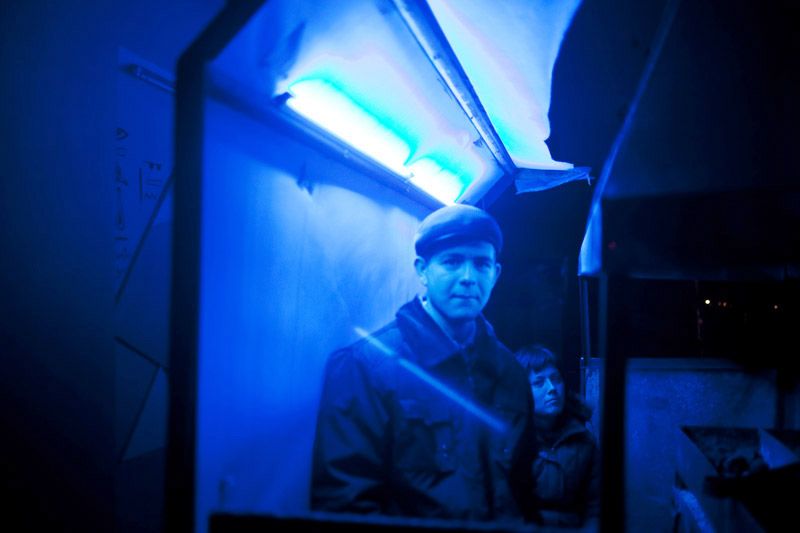For reasons never explained to me, the city of Khojand has an unusual number of non-governmental organizations. Before flying back to Dushanbe this evening, I meet with a couple of them.
Carolyn had astutely remarked to me that it is remarkable how everyone in Tajikistan, from city professionals to remote farmers, seems alert to the financial crisis and its creeping toll on their own situations. The first question anyone asks is invariably about the financial crisis, which in Tajikistan is simply called "the crisis" (which strikes me as a pretty good name for it even if takes away from the historical W.E.B. DuBois association – it's certainly better than Depression II, as suggested in a New York Times op-ed, which makes it sound like a decade of suffering is preordained; and better than the financial crisis or just plain the recession, which are both too limiting).
At the warren of apartments that house the offices of the Khojand Human Rights Center, an organization mainly concerned with legal reform and labor migrant issues, I'm immediately asked about the crisis. Russian television has emphasized its New York origins and the directors of the Human Rights Center want confirmation. I confirm. Is it evident on the streets of New York? I confirm that too.
"The crisis is the start of a catastrophe here," says Saifullo Ergashev," the articulate and thoughtful executive director of the Human Rights Center. About a million Tajiks, mostly young men, work abroad, mostly in Russia. Many Tajiks are seasonal agricultural workers and traders in Russia's outdoor markets, but where Tajiks by far found the most lucrative and extensive employment was in the work crews of Russia's galaxy of construction sites. During the past decade, Russia's commodities-fueled economic boom ignited a frenzied building bubble in everything from new high rise mini-cities in Moscow to a feverish drive across the giant country to renovate old Soviet apartments.
Tajikistan, where half the population is below the age of 18, has been able to get by only because of these workers. The country gets fully half of its GDP from remittances sent home from these Tajiks working abroad. The crisis not only threatens to put an end to remittances, but could result in a million or so Tajik men returning home with zero employment prospects. Organizations like the Khojand Human Rights Center are gravely concerned about what that could mean in a country with a low agricultural output, a water and energy crisis, a serious narcotic trafficking problem and a civic culture that is not exactly characterized by the respect for the rule of law (the lack of respect is reciprocal).







